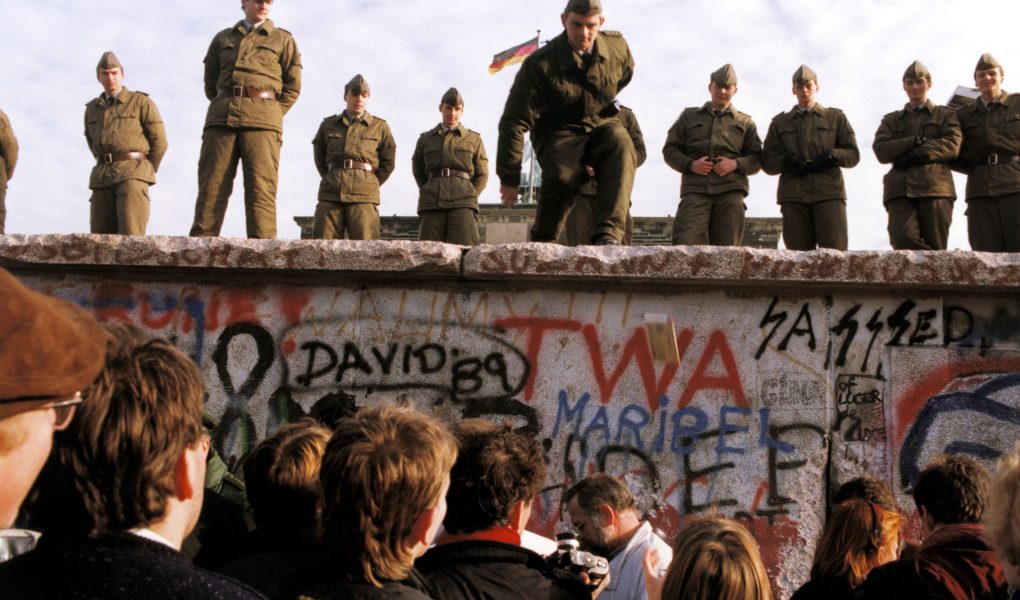lettersforvivian.org – The Berlin Wall stands as one of the most powerful symbols of the Cold War era, representing both the division of a city and the ideological conflict between East and West. Constructed in 1961, its fall in 1989 marked a pivotal moment in world history. This article delves into the history of the Berlin Wall, its impact on Berlin and the world, and its legacy in shaping modern Germany.
The Birth of the Berlin Wall
In the aftermath of World War II, Germany was divided into four occupation zones controlled by the United States, the United Kingdom, France, and the Soviet Union. Berlin, located deep within Soviet-controlled East Germany, was similarly partitioned. As tensions between the Soviet Union and the Western Allies escalated, the division became more pronounced. To stop the mass exodus of East Germans to the more prosperous West Berlin, the East German government erected the Berlin Wall on August 13, 1961.
Life in a Divided City
The Berlin Wall stretched approximately 155 kilometers, encircling West Berlin and effectively cutting off its residents from East Berlin and the rest of East Germany. Families were separated, and daily life was disrupted for those living on both sides. The Wall was not just a physical barrier but also a symbol of political and social division, with East Berlin under communist rule and West Berlin thriving as a democratic enclave.
Attempts to Escape
The Berlin Wall became infamous for the desperate and often tragic attempts by East Germans to escape to the West. Despite heavy fortifications, including barbed wire, watchtowers, and armed guards, many risked their lives for freedom. Ingenious escape methods included tunnels, hot air balloons, and even a homemade zip line. Tragically, more than 100 people lost their lives trying to cross the Wall.
The Fall of the Wall
The Berlin Wall stood for 28 years before its dramatic fall on November 9, 1989. Triggered by a series of peaceful protests and political changes in Eastern Europe, the East German government announced that citizens could cross the border freely. Jubilant crowds gathered at the Wall, and in an unforgettable moment of history, people from both East and West Berlin began to tear down the barrier that had divided them for so long.
The Legacy of the Berlin Wall
The fall of the Berlin Wall signaled the end of the Cold War and paved the way for German reunification. Today, remnants of the Wall serve as a poignant reminder of the past, with sections preserved as historical monuments and sites like the East Side Gallery showcasing art and messages of peace. The Wall’s history continues to resonate, highlighting the enduring struggle for freedom and unity.
Conclusion
The Berlin Wall is a testament to the resilience of the human spirit and the desire for freedom. Its construction and eventual destruction are key chapters in the history of the 20th century, illustrating the profound impact of political ideologies on everyday lives. As we reflect on the echoes of history, the Berlin Wall reminds us of the importance of overcoming division and striving for a unified future.




